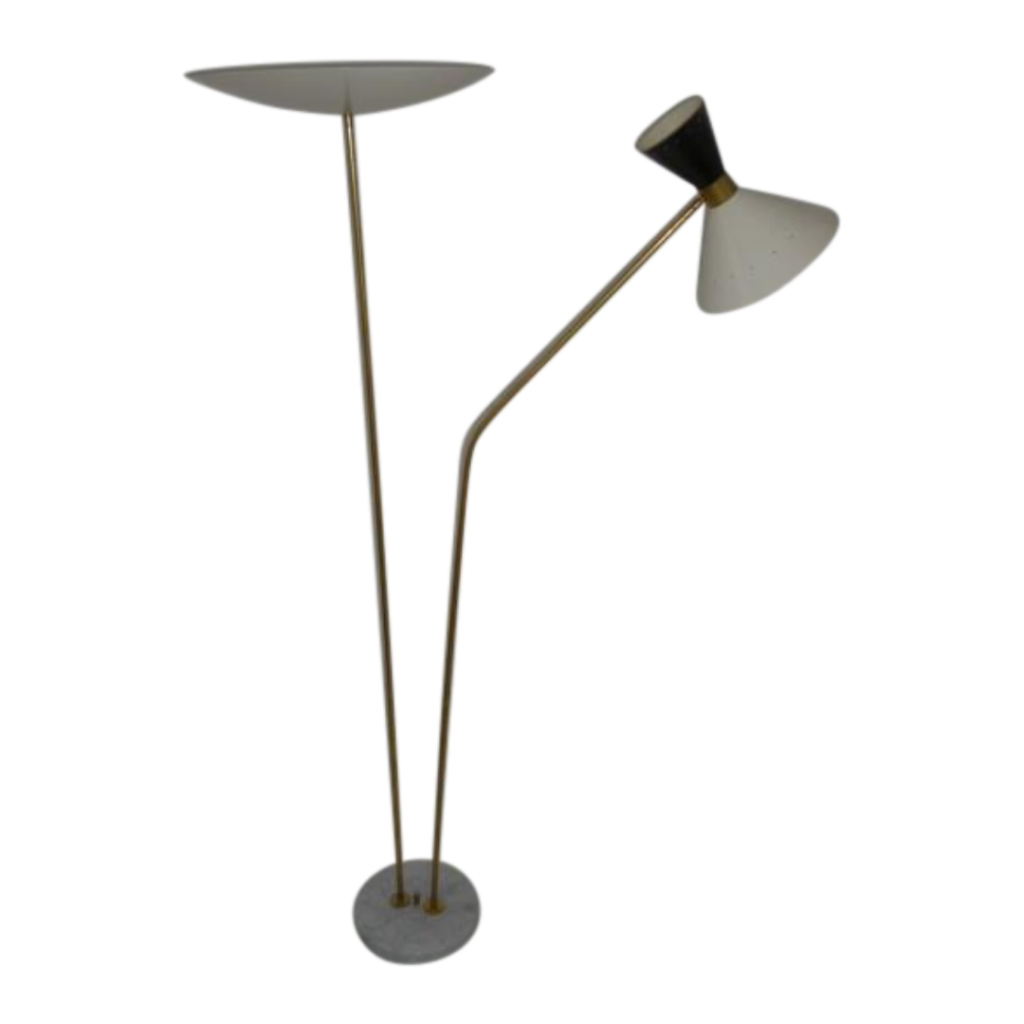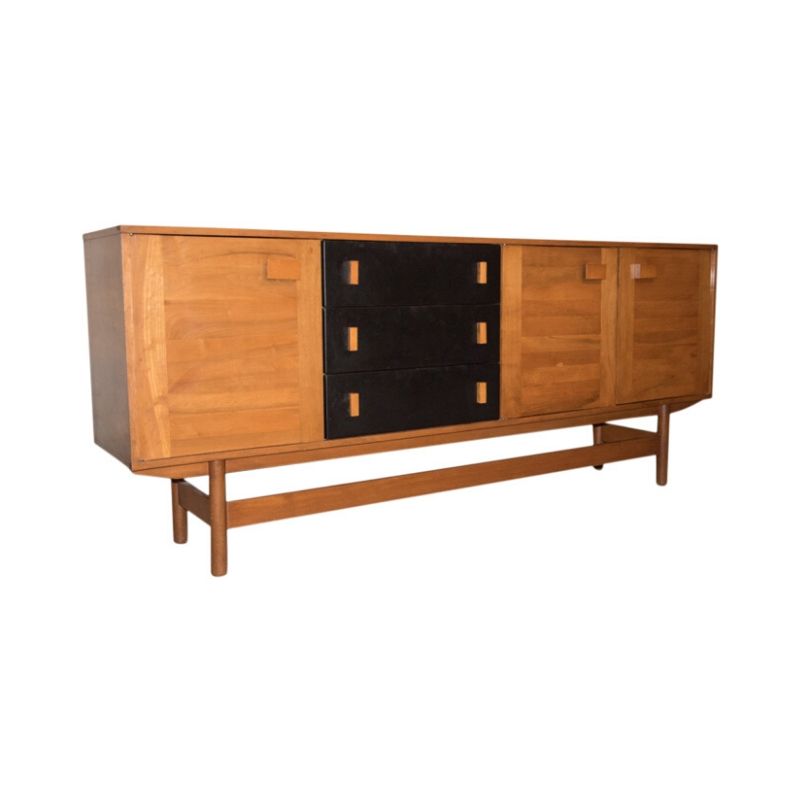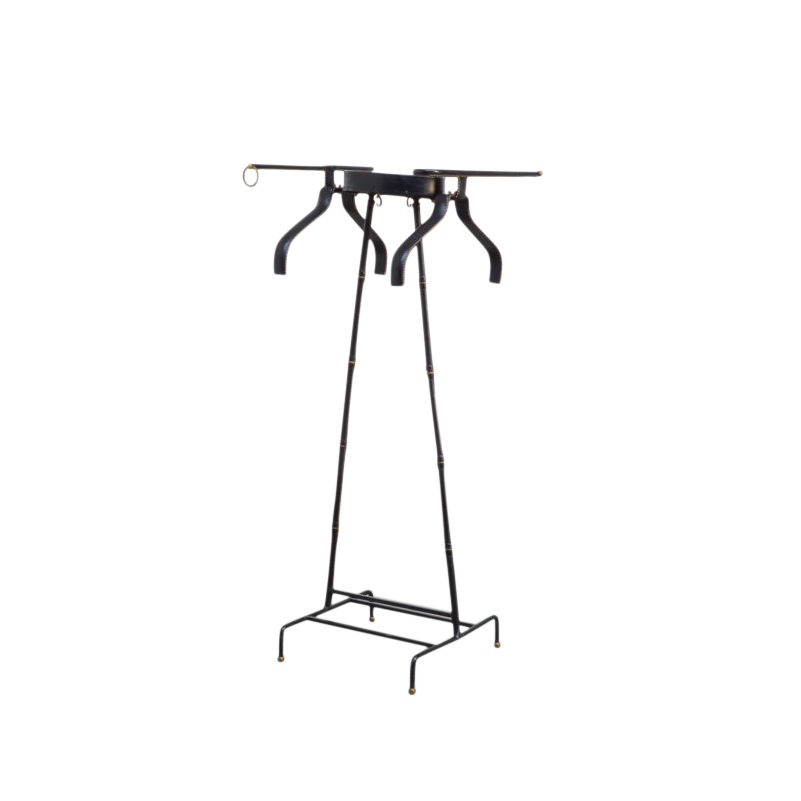I wholeheartedly agree with
Paulanna & Whitespike.
Anything made or designed, be it yesterday or in 1950 is the sum total of everything that came before it. The past is prologue and to assign fatherhood or motherhood for that matter to an entire movement seems almost impossible.
Furniture or frogs it all comes down to evolution.
Given
ALL of that, I guess it is still an understandable urge, to define where something comes from. Man attempts to comprehend, and a major device is categorization. . .
If one's favorite portion of the modern movement is MCM, then one will focus on what its immediate precedents were. Our point in reply to Riki's question was perhaps to address the larger question: Where did Modern start, and when ?
As to Wright:
Dreaded or some similar term reflects a broadly-observed reaction, that Wright somehow belongs in his own box -- in large part because he insisted on it ("beware of what you ask for"). As professionals (architects) have seen it, Wright inexplicably and insupportably flouted convention, and seemed perfectly content to suffer the scorn of those architects whose roofs DIDn't leak, etc., as he in turn scorned most of them. Though he has become a popular icon, 50 years after his death, and is rightly seen as some kind of Father of Modernism, his "brand" is clearly off the main path, and by bragging that he had a wider influence than may have been the case, he spoiled for many the strength of his own legend -- I believe.
While
we're at it: There is a natural and self-evident link between architecture and furniture; some would say the only difference between the two is a matter of scale. Among the names listed above, the great majority spent at least some of their time with both disciplines. Persons than we associate primarily with furniture, including Rietveld, Stickley, Eames, and Nakashima, designed buildings too, at least for themselves, and virtually all the big names in modern architecture are known for both buildings and furniture (Mackintosh, Wright, Hoffman, Mies, le Corbusier, Breuer, Aalto, Saarinen, Jacobsen, Schindler, Nelson, Botta, Gehry etc etc).
Exceptions to the first list: Bertoia, Knoll
Exceptions to the second: Gropius, Pei
Others, anyone ? It's a little early in the morning for me. . .
le Corbusier was mentioned
but i have always admired his passion for painting, graphics,
and tapestry.
http://www.fondationlecorbusier.asso.fr/fondationlc_us.htm
Isamu Noguchi
Study model of stage set for Martha Graham's Errand into the Maze, 1947. Photo: Rudolph Burckhardt.
http://www.noguchi.org/furniture.html
SDR, you're wrong about...
SDR, you're wrong about Gropius. He did some furniture design in his bauhaus days, but it was never sold commercially.
He also worked for Isokon while he lived in London (34-37) but I could never find out what exactly he was doing or designing there.
Pics are from the big Bauhaus book by Hans Wingler.
Lautner or Neutra also did furniture, but mostly built-in or custom sofas, chairs or tables. That's where the border between architecture and furniture design vanishes...
Why do I refer to Frank Lloyd Wright as 'dreaded'??
Because more than any other architect/interior designer, he forced his clients to use all of his own stuff and most of the tables were fixed, so you could not move them around.
He was very rigid in his designs and many of the houses leak and have no insulation...and can't even retrofitted very easily....beautiful as they are!
The Phillip Johnson's, Eero Saarinen's and George Nelson's who came later were more flexible working with their clients.
I like Frank Lloyd Wright and I DO undertand just where he fits in and his amazing importance, but he was a bit annoying too.
So, he's a giant, but I think his stuff uncomfortable, currently ridiculously expensive and not to my taste.
I DO, however, love Gustav Stickley's stuff.
Go figure.
Thanks, claus
for the excellent illustrations. The list I excused Walter Gropius from was for architects who are "known" for furniture. . .
There is also an isometric drawing of Gropius's office at the Bauhaus, I think, which includes a hanging "Cartesian" tubular light fixture, remarkably like one that Rietveld designed. I've wondered about that. . .
" he forced his clients to use all of his own stuff and most of the tables were fixed, so you could not move them around."
Neither of those statements happens to be true (a few tables depend on walls for their structural stability), but the essence of the complaint about Wright is correct. He wanted control of the appearance of his spaces (who doesn't ?) and was more stubborn and persuasive than most in that regard. Many an architect (including Wright) has failed to convince all his clients to spring for the furniture that would ideally complete the space. There are lots and lots of sheets of unbuilt furniture in Wright's portfolio !
In his later (Usonian) designs, the furnishings are often of plywood or relatively simple boards, and a number of his clients intended to build the furnishings themselves, something Wright was perfectly comfortable with. I am in touch with the new owner of a 1949 Wright house in Iowa who hopes to build the dining table, chairs and seventeen hassocks that Wright intended for the house (which would, like the house, be made of redwood, the "budget" material Wright specified when cypress was too expensive). These were never made by the original owners. Better late than never !
(A couple of Usonians have had Eames DCW's in them from the start, and the chairs have looked perfectly at home in these wood-and-masonry interiors, with Wright's simple tables, which, rather than being "nailed down," are aligned with the walls and have loose additions on legs which can be added to the main table when extra places are needed. Economy and flexibility -- what's not to like ?)
The fact that, unlike most building, a Wright structure asks to be taken first as an art object, means that, if we agree, we suspend the kinds of judgement and some of the expectations that are accorded an ordinary construction. This may be grounds for dismissing or despising its architect, but in my view that misses the point. If the Mona Lisa was commissioned as a portrait, and the client found that another painter could do a better likeness, would he have fired Leonardo and burned his masterpiece ? I hope not. . .!
But, SDR,
with whatever knowledge and taste I've accumulated over the years, if I were licky enough to buy a Wright house, I would want to furnish it the way I want to, and I would most probably want to replace the kitchen with modern appliances, all of which would be contrary to Wright's vision.
From what I read, Nelson, Saarinen or Eames would not have those objections, because they were more flexible to the personal tastes of the home owners.
Perhaps it was an age thing; Wright's pioneering Prairie Style preceeded Eames, Nelson and Saarinen by nearly 40+ years.
================
Going back to who the father of MCM is, I 'spose Nelson has to be right up there, because he had such a huge opportunity in 1946 to design a complete line of home and office furniture, influence Herman Miller to add Noguchi, the Eames' and Laszlo, and to present such a comprehensive assortment of modern enviornments. Sure, he was influenced bvy Rohde, Knoll, Rissom, van der Rohe and Aalto (among others), but his was the earliest and biggest batch.
I think of FLW
as a loving, charming, egomaniac. Even insecure at times.
A facinating genius of of structure and appreciating how one might like to live.
He just wanted the mediocrity to give it a chance. But he disliked the
mediocre. I don't think he cared what happened after he left.
I also think his ideas of a kitchen were forward thinking for the time.
Small and connected to the rest of the house. Not tucked away in the back of
the house, far removed from everything. Clearly he would welcome new appliances.
He was facinated with technology. Look at his choice in cars!
Obviously i adore his ideas...
I'm just a bit distracted by the olympics right now...
If you need any help, please contact us at – info@designaddict.com









